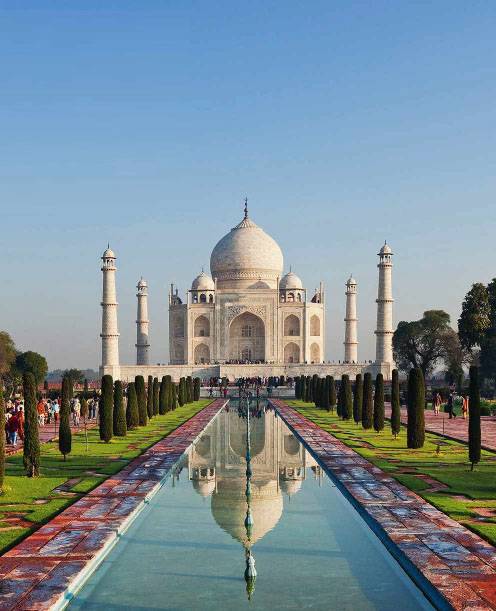India’s most famous structure is not a mosque, nor a temple or a palace. It is, in fact a tomb. Mughal Emperor Shah Jahan commissioned the Taj Mahal in 1631 as a mausoleum for his third and favourite wife, Mumtaz Mahal. He joined her inside after his passing in 1666. In the centuries since, it has attracted many dubious myths: that the Emperor’s hair turned grey overnight after hearing Mumtaz had died, that he cut his builders’ hands off after they finished work lest they ever construct anything so beautiful again and, most bizarrely, that a black copy was planned to stand adjacent to the Taj. All are likely to be false, but the truth is also extraordinary…

COMPILED BY OLIVER SMITH. PHOTOGRAPH: LUIGI VACCARELLA/SIME/4CORNERS
1,000 Elephants are said to have helped in the construction of the Taj Mahal.